Desiccant Dehumidification Systems in Ice Arenas
Desiccant Dehumidification Helps Produce Quality Ice and Favorable Environmental Conditions
OVERVIEW
Finding ways to reduce operating costs, improve ice conditions, spectator comfort and eliminate downtime is crucial in ice arenas. As hockey seasons grow longer and ice sports gain popularity in more humid climates, facilities are tasked with finding solutions to successfully balance conditions and costs while keeping safety and comfort in mind.
EI Solutions Desiccant Dehumidification Systems offer the efficiency, control and the flexibility today’s arenas need.
THE PROBLEMS
Many arena operators understand maintaining a quality ice sheet and space conditions in the winter can be easier and less costly than summer months. As the outside air turns warmer and more humid, issues like fog, drips, puddles and frost buildup on the ice surface can appear. Such issues not only create safety hazards, but they significantly increase the load on the ice refrigeration system and facility operation costs.
The root cause of humidity problems in ice arenas is the moisture from outside air that is introduced for ventilation or leaks in by infiltration. The cold ice sheet and other cold indoor surfaces require space dew point control to prevent condensation.
EI Solutions Desiccant Dehumidification Systems allow owners and operators to recreate winter conditions all year long by maintaining a space dew point which prevents common humidity issues.





THE DESICCANT SOLUTION
The key component in every EI Solutions Desiccant Dehumidification System is the active desiccant wheel. EI Solutions works with several wheel manufacturers to ensure the best quality, performance and availability.
The desiccant dehumidification wheel attracts and captures moisture in the vapor phase and exhausts it to the atmosphere. Unlike cooling based dehumidification, this technology can dry the air to dew point temperatures below freezing if needed which is why it is so well suited for ice arenas.
The NHL suggests starting the game with the arena controlled to 60oF and 40%RH, that correlates to a dew point temperature just below 36oF. Maintaining such dry conditions typically requires air to be delivered to the space below 30oF dew point to overcome the moisture loads from people, infiltration and operations.
Our team of experts at EI Solutions helped pioneer the acceptance of desiccant dehumidification in ice arenas. Our efforts started in the 1990’s when ice sports gained popularity in North America. Operations began to switch from seasonal to year-round and new arenas were being built in warmer climates. These changes created new challenges for arena owners and operators who struggled to maintain ice quality, skater safety and spectator comfort. Installing desiccant dehumidifiers enabled these arenas to enjoy the same ice quality and arena conditions in the summer as in the cold winter.
Decades ago desiccant dehumidifiers were almost always reactivated with high temperature air heated with direct fired gas burners. Years later, as gas prices increased, customers requested a more efficient electric dehumidifier. EI Solutions Engineers in collaboration with a manufacturing partner invented the all electric FreeDry unit with uses waste heat from integral DX cooling and/or from the ice plant. EI Solutions continues to offer both gas reactivated and FreeDry dehumidification systems.

The EI Solutions FreeDryFLEX series continues our commitment to respond to growing interest for more reactivation source options. Based on our success with large NHL arenas, FreeDryFlex uses hot water to reactivate the desiccant wheel. The hot water can be provided by the site, an electric or gas boiler or by a water source heat pump. These components can be housed in the FreeDryFlex cabinet or installed separately. These choices allow clients to take advantage of available utilities and energy recovery improvements to reduce installation and operational costs while adhering to rapidly changing regulations. Additional benefits, of utilizing hot water for reactivation, is less thermal stress on the wheel structure and the elimination of corrosive products of combustion which can significantly extend the life of the desiccant wheel.
EI Solutions, Inc. offers the most extensive line of desiccant dehumidification systems designed exclusively for the ice arena market.
NHL Projects

Washington Capitals
Retrofit – 2023/24
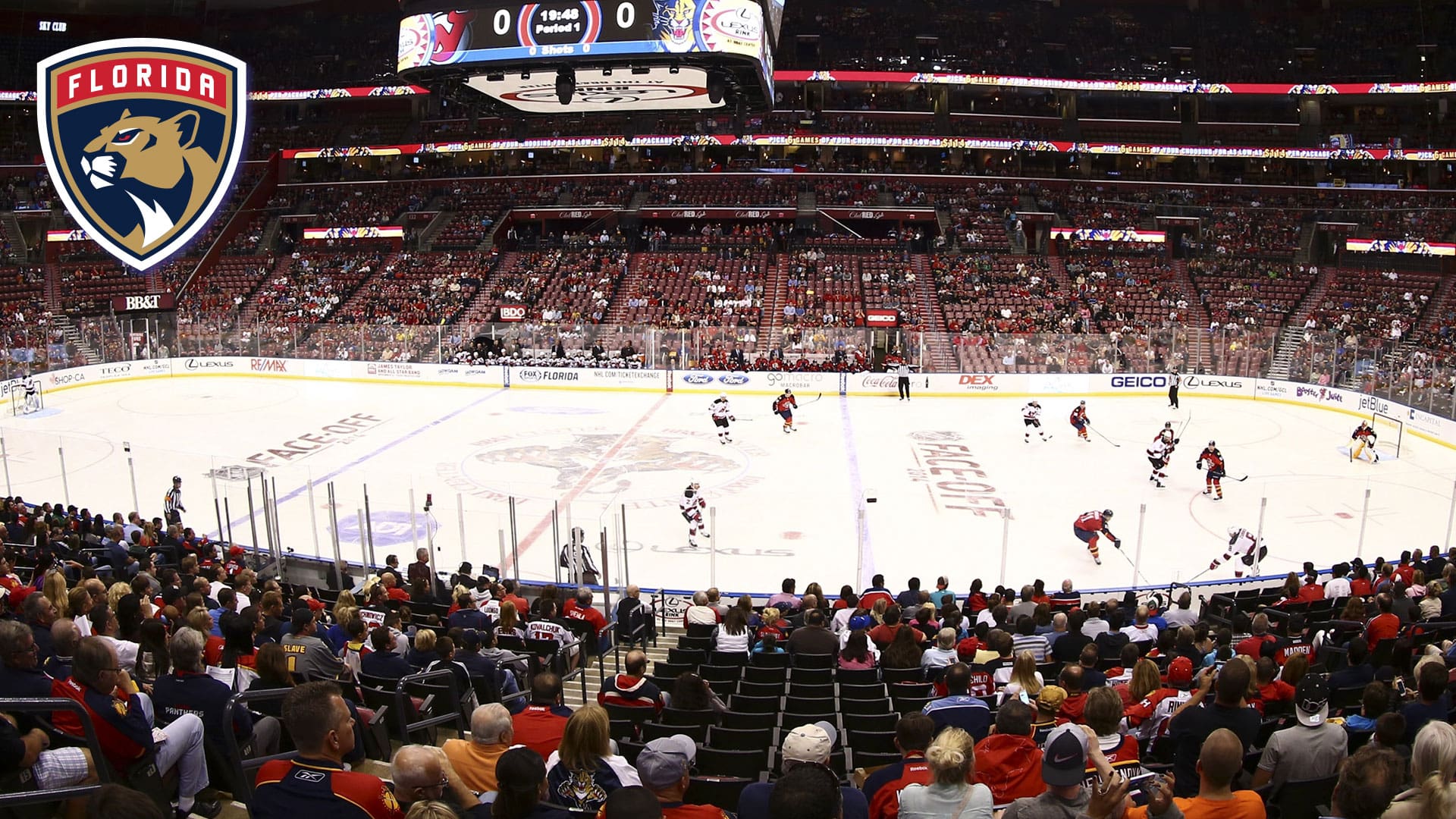
Florida Panthers
Retrofit – 2022

New York Islanders
New Construction – 2021
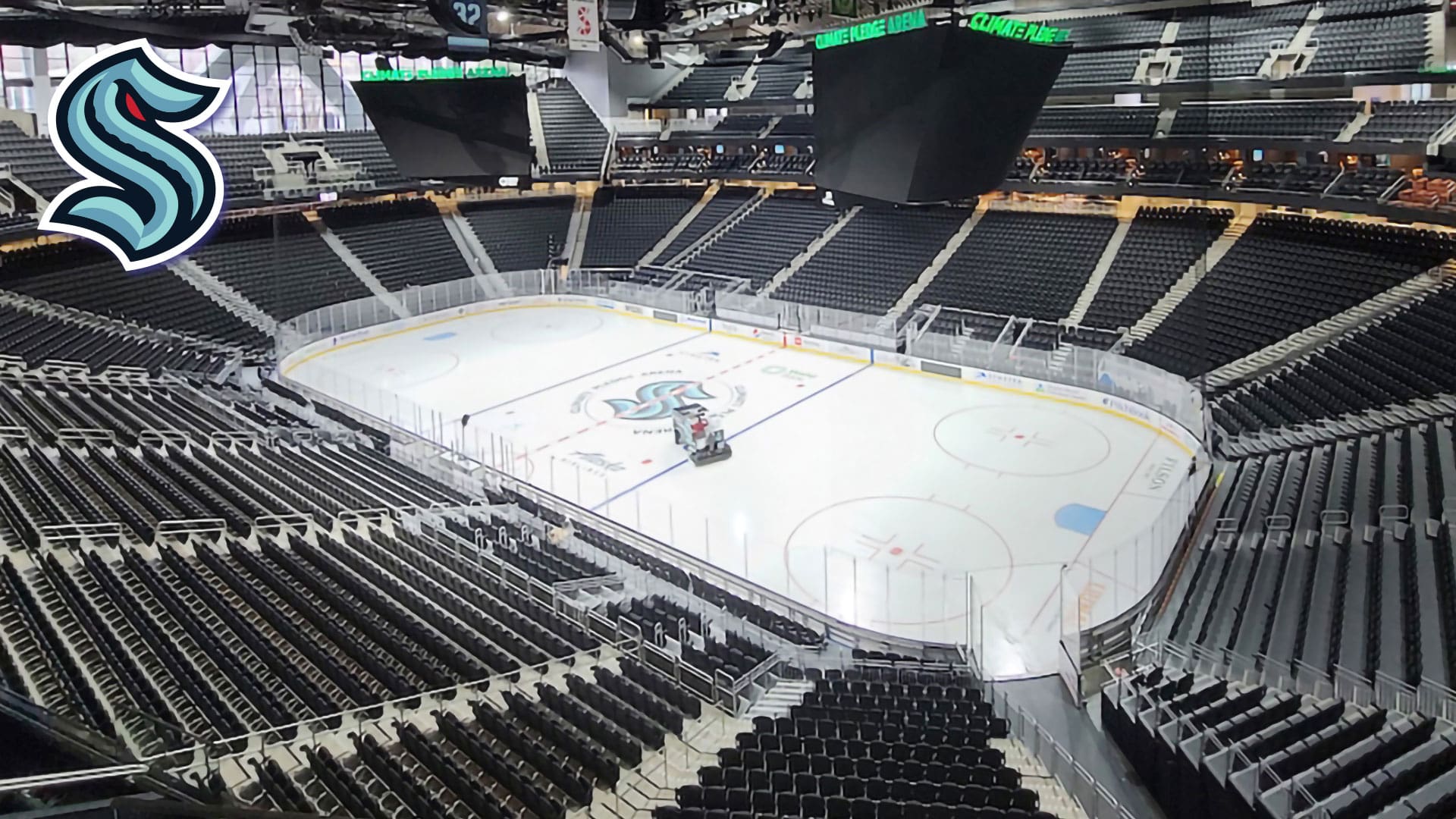
Seattle Kraken
New Construction – 2021
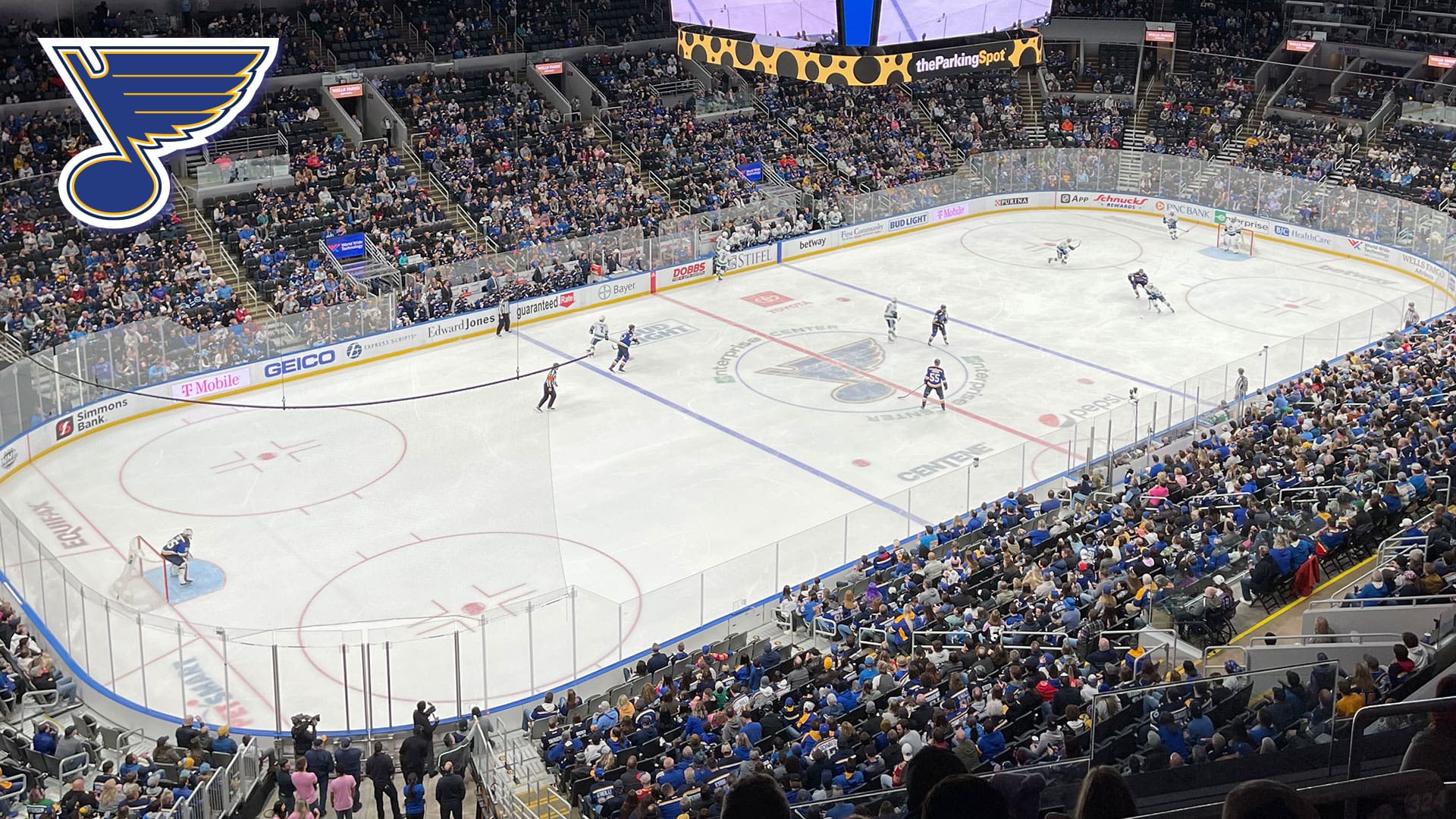
St. Louis Blues
Retrofit – 2019

Philadelphia Flyers
Retrofit – 2018
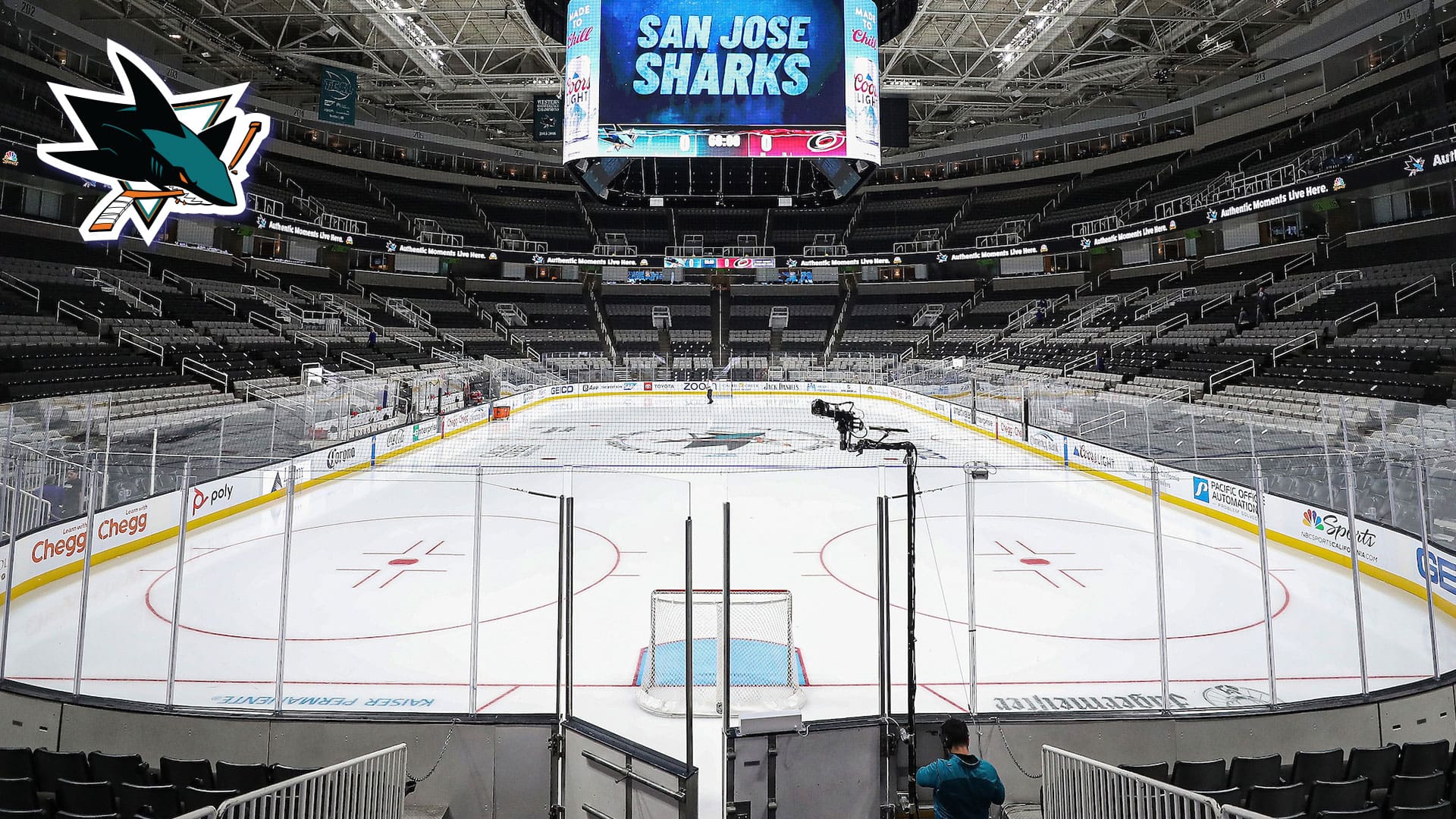
San Jose Sharks
Retrofit – 2017
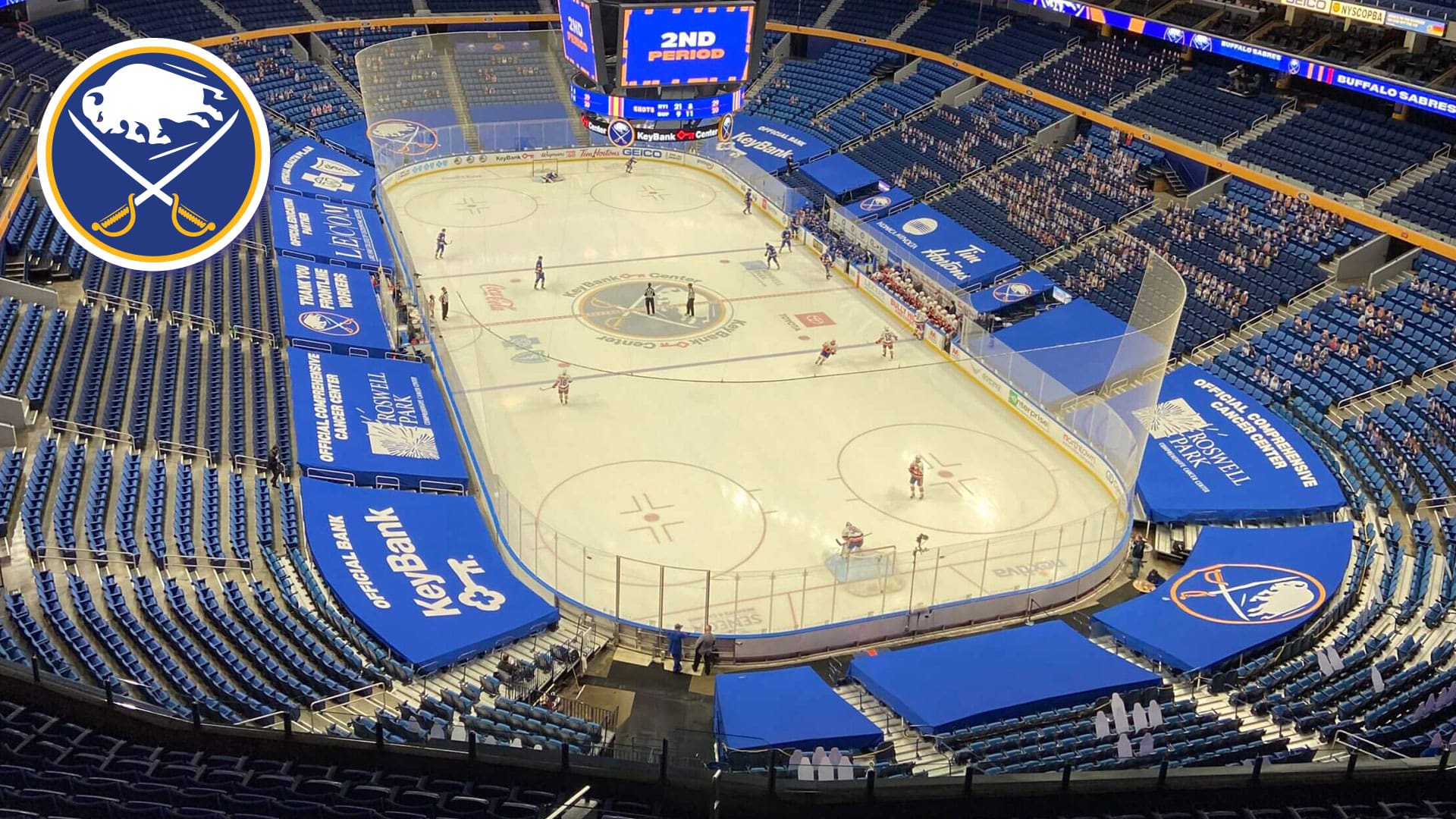
Buffalo Sabres
Retrofit – 2011

Toronto Maple Leafs
Retrofit – 2007

